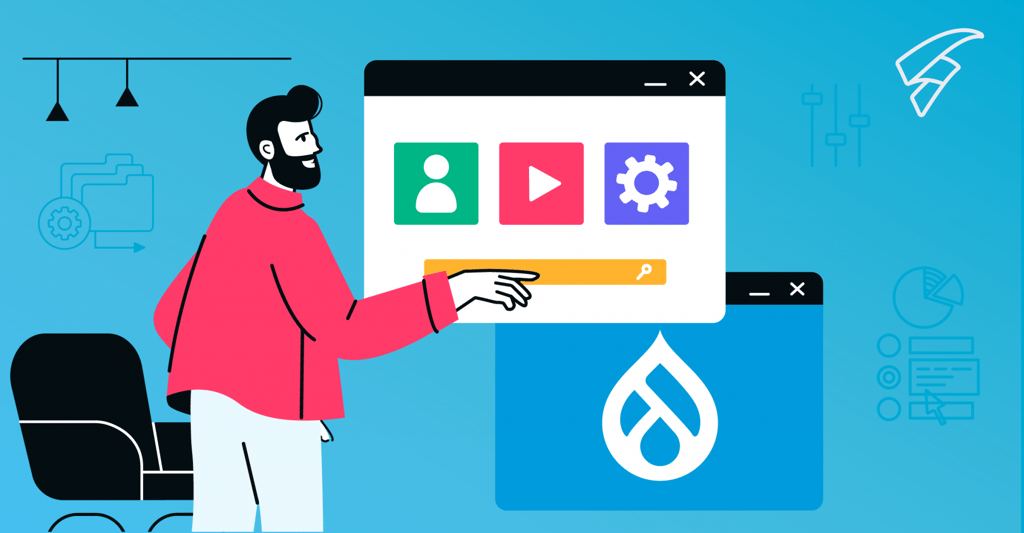Drupalizing your content

The digital world is made up of infinite ways to present information and interact with it: social networks, videos, learning platforms and a long etcetera.
One of the most common ways to expose or share information is a written presentation through articles, blogs, frequently asked questions and other information that may be of interest.
Although at first glance this presentation may seem exclusive to the news media, more and more business sites have a news and article section with topics related to their niche.
Thus, thanks to the publication of written content on their website, they can attract visitors, who in turn are potential customers, and provide the Internet community with useful knowledge.
However, managing this content can be a daunting task as it grows daily,
and along with it, your needs grow.
For this reason, one of the most common types of platforms on the internet are the CMS – Content Management System – or content management systems.
According to the latest BuiltWith report, more than 73 million pages in the world use one of these systems.
One of the most used and most popular CMS on the market is Drupal.
Drupal, which is written in PHP, is a free and open source CMS and is the engine for government websites, such as the official website of London and various US government websites, media websites such as the BBC and NBC. and many others such as pages of universities and NGOs.
Its popularity lies mainly in three main features:
Flexibility
According to the Drupal website, one of its basic principles is modularity.
Its core is made up of independent modules integrated with each other, which allows the website to be customized depending on the needs of the organization.
You can create different types of content, different levels of user access, different languages, among many other possibilities.
In turn, this flexibility, and the fact that it is open source, allows for thousands of community-created modules to solve common and not-so-common problems without the need to write code.
Performance
Drupal uses a series of cache layers, distributed in the different components of the site, which allows the site to support a large number of simultaneous visits with little effort.
Security
A part of the Drupal development team is dedicated solely and exclusively to security issues.
Thanks to this, it is a reliable CMS, with few known vulnerabilities and a constant flow of updates that prevents sites from being exposed on the web.
Thanks to these features, and many more not to mention, Drupal is the best choice for almost any organization that requires a website.
If your organization requires a website:
- Trustworthy.
- Flexible.
- That allows managing different types of users and content.
- Open source.
- Scalable.
Drupal will be your best companion.
If you don’t know how to start using it, or you already use it and want to enhance it, leave us a message; We will be happy to be your technological ally.
We walk you through the process.
Related post:



